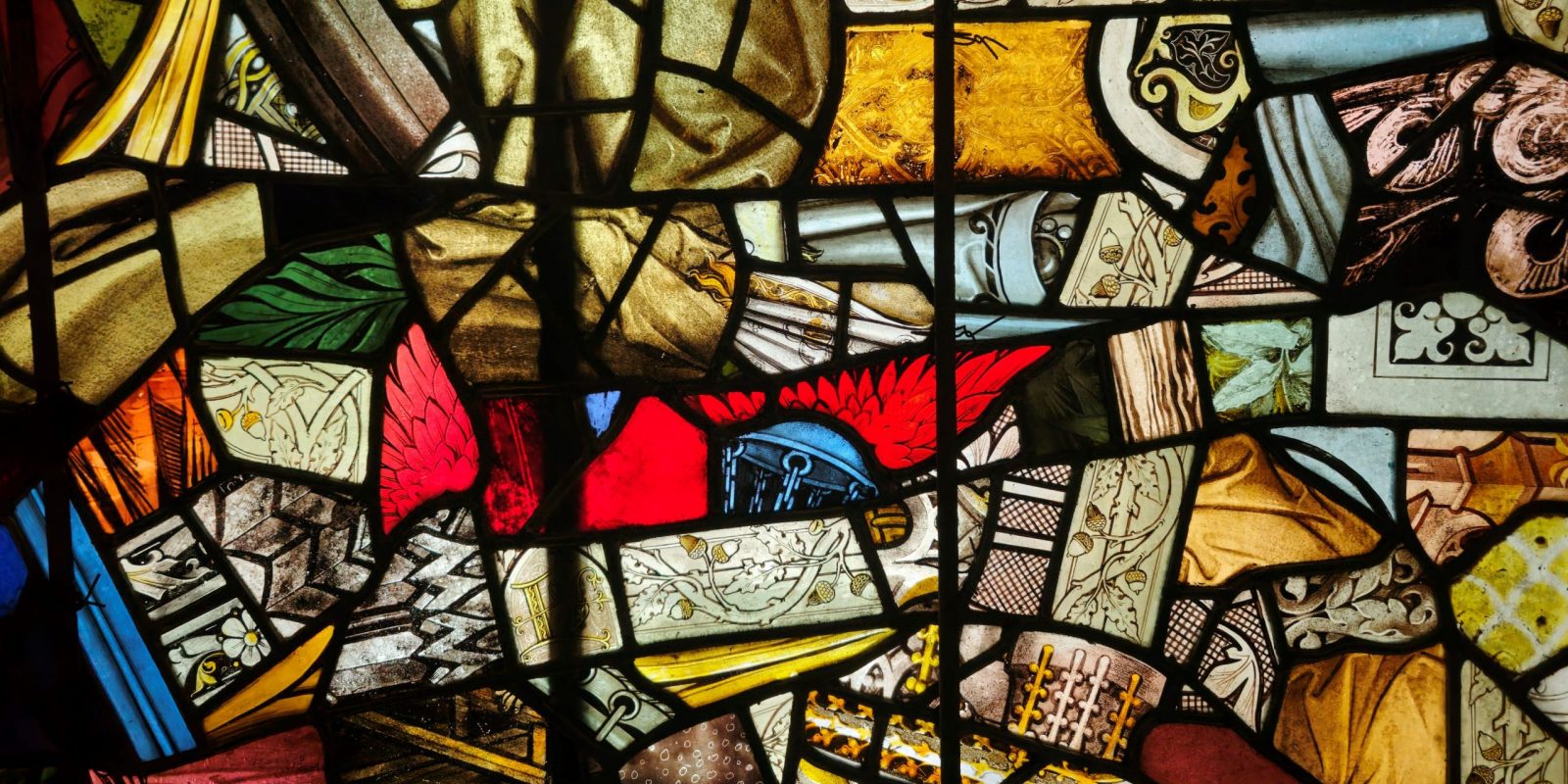The Ascension window
The Ascension window depicts Jesus parting with his followers and ascending into heaven forty days after Easter. It was installed in 1885 and was intended to be the only stained-glass window in the Cathedral. Inspired by it’s beauty, Burne-Jones subsequently decided to design two more shortly afterwards.
See a 3D model of the window
My favourite thing about the windows is ‘The Nativity’ of Burne-Jones and it is magical Christmas timing. With the sheep behind the man-made brick cave and the shepherds looking nightward to the crimson-hued angels proclaiming Jesus’ birth floating above a giant forest. Which could have been a future thought to ‘The garden of Gethsemane’; and the shepherds dressed in gold for one of the gifts, scarlet for Frankincense and blue for Myrrh perhaps. Burne-Jones and William Morris must have worked out, when the sun near Christmas lights up the window just before Advent-time. Mary herself dressed in blue looking down at Jesus with a crimson halo, and the multi-hued angels bowing to the heavenly saviour lying wrapped in the crib on the stone floor, the rock foundation of his church
Congregation member – 2023
The Nativity window
The Nativity window depicts the birth of Jesus. This is positioned opposite The Crucifixion window in the cathedral. This positioning highlights the contrast and anguish of the two events.
Wealthy Birmingham resident and congregation member, Emma Chadwick Villers-Wilkes paid for both these windows in memory of her late brother. She specifically requested that there should be no oxen in the Nativity scene, as she considered them to be ‘too brutish’.
Explore a 3D model of the window
My favourite window is the Crucifixion window because of all the stories depicted, it is the one with the strongest historical evidence of what it might look like, so it feels very real.
David Hardie – Head of Music
The Crucifixion window
The Crucifixion window depicts the death of Jesus and is opposite The Nativity window in the cathedral. This highlights the contrast and anguish of the two events. Wealthy Birmingham resident and cathedral congregation member ,Emma Chadwick Villers-Wilkes paid for both these windows in memory of her late brother. She requested that there should be no blood in the scene of Christ’s death.
Explore of 3D model of the window
The central angel blowing their trumpet seems to have no air of drama; the seated Christ, too, is calm and relaxed rather than triumphant or vengeful. Composers often like to portray the Last Judgement as little short of God throwing a violent tantrum; by contrast I think Burne-Jones wants us to understand that the chaos and despair would be – as it is now – of human origin.
David – Lay Clerk
The Last Judgement window
The Last Judgement (1897), is widely recognised as the finest example of Burne-Jones’ work, depicting the return of Christ and his judgement on humanity. The window was a memorial to the Bishop Bowlby of Coventry who was Rector of St Philip’s from 1875 to 1894.
There are meticulous details such as the elaborate gold crown worn by the figure clothed in red on the right of the window. The angels hold a range of beautifully intricate objects such as the leather-bound Book of Judgement and the key to the gates of heaven.









